Rare Rides Icons: The Lincoln Mark Series Cars, Feeling Continental (Part L)

We’ve reached the end of the road for the Lincoln Mark series. Through 50 installments on these pages that span history back to 1939, the Lincoln Mark (née Continental Mark) met its end in June of 1998. To celebrate the occasion of the Mark’s demise, it was time for one last go at a very special version: the 1998 Collector’s Edition. A trim package like Lincoln created previously for the Mark V in 1979, Collector’s Edition introduced some luxury features that should have been standard on Mark VIII all along.
(Note: This is the greatest number of awesome, clear photos of a Collector’s Edition Mark VIII your author has ever seen, so check them out.)
Offered only on the LSC trim, the Collector’s Edition package cost $900 ($1,699 adj.) on top of the LSC’s price of $39,990 ($75,503 adj.). That was the base point of entry for the Cordovan Metallic paint color, which was exclusive to the Collector’s Edition. For an extra $365 ($689 adj.), a non-exclusive White Pearlescent Tri-coat Metallic was available.
With either paint color, buyers could opt for either two-tone Graphite or two-tone Prairie Tan upholstery. Of note, these special edition cars came without the perforated seating surfaces standard on all other LSCs. In addition to the special (or not) paint colors and two-tone interiors, Collector’s Edition badging appeared in exterior door trim on either side, in gold.
The badging was repeated inside, with gold leaf lettering within the walnut wooden door trim. All lettering on the tail lamps, as well as the grille emblem, were gold plated. The optional chrome wheels of the Spring Feature were standard on Collector’s Edition, where their center caps were finished with black Lincoln logos.
More notable was the steering wheel on the Collector’s Edition, which was specific to the package. Like the dash, the Collector’s Edition wheel had real walnut inserts. Matching the wheel was a polished wood shift lever, which arguably should have been standard equipment on all Mark VIIIs. All wood on the Collector’s Edition car was more glossy than the standard LSC. Elsewhere inside were floor mats with “Collector’s Edition” embroidered on them.
The special features continued with a silver ingot set, mailed to each Collector’s Edition owner after they took delivery. Each silver ingot set was personalized with the VIN of the car, and a note from Lincoln management. Left out of the ingot set were the unibody Mark III, IV, and V of 1958 to 1960 that everyone hated. Lincoln would prefer nobody remember those.
Customers could order a Collector’s Edition from their dealer starting in April of 1998. In total there were 1,386 Collector’s Edition cars made, making it much more common than the unwanted Spring Feature edition. It’s suggested that 1,280 of the total figure were sold in the American market. Each of those had a gold plaque (sticker) inside the driver’s door to indicate what number the car was in the series. Stickers were applied to finished cars in random order and were not coordinated to sequential VINs.
In reality, by 1998 almost nobody wanted a personal luxury coupe Mark VIII or otherwise. You may recall the Mark VII saw a serious sales decline over its too-long tenure and concluded in 1992 with just 5,732 sales. The Mark VIII with its focus on forward-looking style and technology was intended to draw in a new type of customer.
And that sort of worked, as sales shot to 30,899 at Mark VIII’s introduction in 1993. Unsurprisingly, the debut year of a car in a near-dead segment proved to be the high point: 1994’s sales decreased to 26,983. The continual downward trajectory was repeated in 1995 with 20,099 sales.
For the original design’s final year in 1996, the fewest Mark VIIIs were sold of any year - 13,357. The arrival of bulbous lamps front and rear in 1997 generated a minor increase in sales, to 16,365 examples (there was one other big change, below). By then the Mark’s fate was sealed, and in 1998 Lincoln shifted just 14,357 cars.
The production capacity at Wixom Assembly was redirected to the upcoming LS, a sedan that more consumers might actually purchase. Lincoln claimed the LS was the Mark VIII’s replacement, too. History showed us that while the LS did better than the Mark VIII, the results were not stunning. Mark VIII sold an average of 20,343 cars per year on its run, while the LS managed just 30,690.
When the Mark VIII was introduced in 1993, its single trim cost $37,265 ($79,732 adj.), though most examples were around $39,000 ($83,444 adj.) after a couple of options. Base price increased in 1994 to $38,675 ($80,711 adj.), and increased again in 1995, where a base model was $39,425 ($80,032 adj.) and an LSC was $40,940 ($83,108 adj.). The last of the original look Mark VIIIs were $40,290 ($79,616 adj.) in base form, and $42,120 ($83,233 adj.) as LSC.
Likely an attempt to resuscitate sales, Ford cut pricing considerably in 1997 with the arrival of revised styling: $37,950 ($72,777 adj.) for a base model, and $39,550 ($75,845 adj.) for the LSC. For its final year, a base 1998 Mark VIII was $38,500 ($72,689 adj.), or $39,990 ($75,503 adj.) for an LSC.
As a domestic branded personal luxury coupe, the Mark VIII was near the last of its type. The buyer of such a car had long moved on to one of several other options: A European or Japanese coupe, or (especially) the new class of luxury SUVs. In its day the PLC was primarily a very American statement of style, and it was the sort of statement that fell out of fashion by the early Eighties.
Only General Motors soldiered on offering personal luxury coupes. The highline Cadillac Eldorado (or ETC) faded away in 2002 with a terrible special edition. There was a Pontiac Grand Prix coupe through 2003, though that model had transitioned more into a standard midsize than a PLC with its sixth generation in 1988.
But GM continued with a longstanding PLC nameplate, the Monte Carlo. It reappeared in 1995 as a more exciting name for the two-door Lumina. The Monte Carlo remained in production for years as the largest domestic two-door car. It continued all the way through 2007, at which point the domestic PLC was truly dead.
Alas we’ve arrived at the end of our 50th and final installment in Lincoln Mark coverage. Next time we’ll start anew with another legendary PLC nameplate. A car that spent its life fighting off advances from the Mark, and often winning the battle. That’s right, it’s Cadillac Eldorado time. See you there.
[Images: seller]
Become a TTAC insider. Get the latest news, features, TTAC takes, and everything else that gets to the truth about cars first by subscribing to our newsletter.

Interested in lots of cars and their various historical contexts. Started writing articles for TTAC in late 2016, when my first posts were QOTDs. From there I started a few new series like Rare Rides, Buy/Drive/Burn, Abandoned History, and most recently Rare Rides Icons. Operating from a home base in Cincinnati, Ohio, a relative auto journalist dead zone. Many of my articles are prompted by something I'll see on social media that sparks my interest and causes me to research. Finding articles and information from the early days of the internet and beyond that covers the little details lost to time: trim packages, color and wheel choices, interior fabrics. Beyond those, I'm fascinated by automotive industry experiments, both failures and successes. Lately I've taken an interest in AI, and generating "what if" type images for car models long dead. Reincarnating a modern Toyota Paseo, Lincoln Mark IX, or Isuzu Trooper through a text prompt is fun. Fun to post them on Twitter too, and watch people overreact. To that end, the social media I use most is Twitter, @CoreyLewis86. I also contribute pieces for Forbes Wheels and Forbes Home.
More by Corey Lewis
Latest Car Reviews
Read moreLatest Product Reviews
Read moreRecent Comments
- Carson D Just don't be the whistleblower who reports on the falsification of safety data. That's a deadly profession.
- Carson D I'd have responded sooner, but my computer locked up and I had to reboot it.
- Todd In Canada Mazda has a 3 year bumper to bumper & 5 year unlimited mileage drivetrain warranty. Mazdas are a DIY dream of high school auto mechanics 101 easy to work on reliable simplicity. IMO the Mazda is way better looking.
- Tane94 Blue Mini, love Minis because it's total custom ordering and the S has the BMW turbo engine.
- AZFelix What could possibly go wrong with putting your life in the robotic hands of precision crafted and expertly programmed machinery?






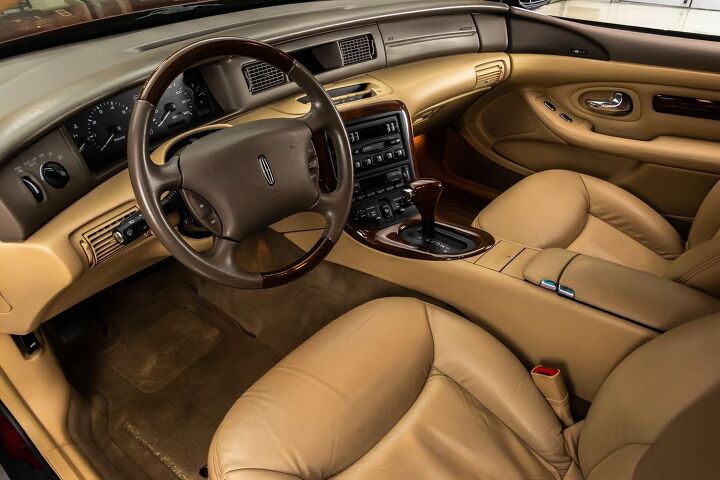

















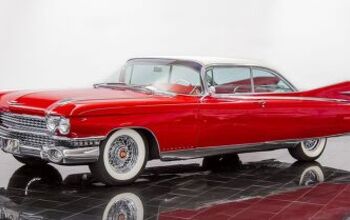
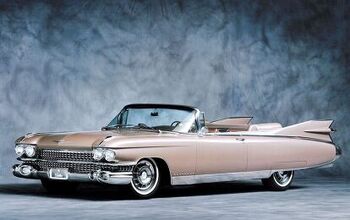
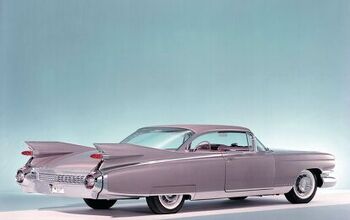
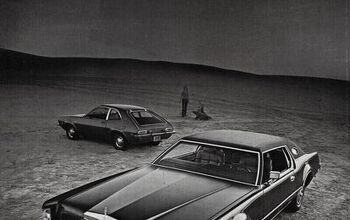
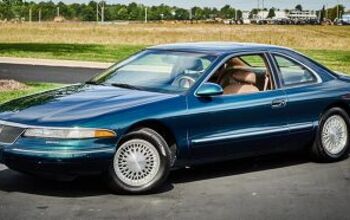
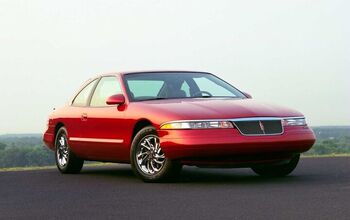
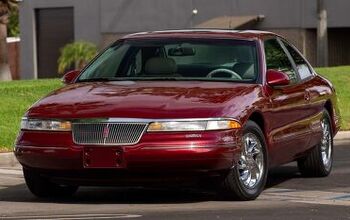
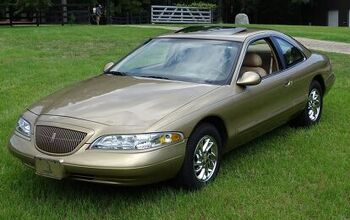
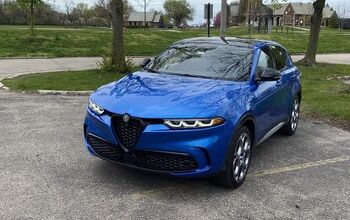



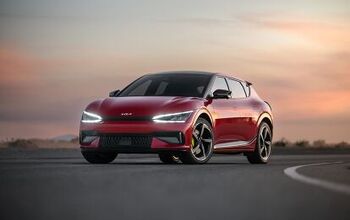
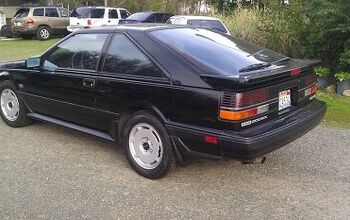




Comments
Join the conversation
Awesome series, Corey! But, as my handle implies, I REALLY can't wait for the next one :)
From 1973, I had 3 Marks. I loved every one of them I'm now driving an Aviator that is 19 years old and still spotless, with only 73k miles o it.